Southbank Centre unveils designs for new skateboarding area aimed at appeasing skaters who have objected to arts centre’s £120m revamp
The Southbank Centre has unveiled a series of designs for a new skate park under the Hungerford Bridge on the Thames aimed at appeasing skateboarders who have objected to a revamp of the centre that would see the demise of the area currently used for skateboarding.
The designs for the skateboarding area have been drawn up by 42 Architects, SNE Architects and Rich Architecture.
In July, the Southbank Centre agreed to review the proposed £120m revamp, designed by architect Feilden Clegg Bradley amid rising opposition to the scheme and a concerted campaign from skateboarders, after the plans proposed the removal of the popular skateboarding area on the site.
Jude Kelly, artistic director of Southbank Centre, said: “These architects’ designs show what a great public urban space this could be.
“We want skating and other urban arts to continue to flourish at Southbank Centre and we hope these proposals show we’re committed to a permanent, riverside skate space right next to the Royal Festival Hall.”
“We also understand that community sites like these are enormously enhanced by organic development through the use and input of the users themselves, which is why I emphasise that these designs are not set in stone.
“We welcome input from the skateboarders who regularly use the undercroft and any other skaters, graffiti writers or BMXers who want to be involved in helping develop the design.”
Southbank Centre said the architects were asked to respond to designing a space, drawing on the physical aspects of the existing space, with the following qualities:
- not looking like an explicitly-designed or purpose-built skatepark;
- not having any skatepark form, for example full pipes or large transitions;
- urban and gritty in appearance, for example using materials commonly found in non-skatepark urban spaces, such as bricks, flagstone paving, granite, stone or rougher concrete surfaces;
- provide a distinctive overall design quality or character, which is open and transient;
- facilitating or encouraging the site being appropriated or taken over by skateboarding and other urban arts;
- and being highly visible to the public, whilst welcoming approaches which integrate the public within the space.
The next step in the process is that a selection panel will be formed with representatives of interested communities including the skating community who are being invited to take part. The panel will be responsible for selecting the architect they’d most like to work with, finalising the design brief and developing the design.





















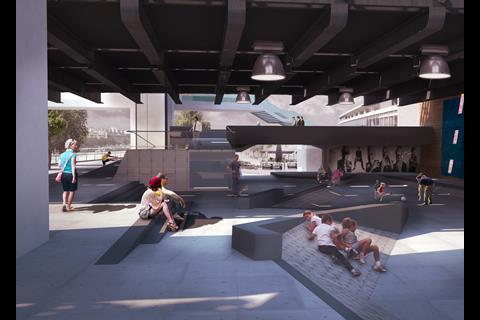
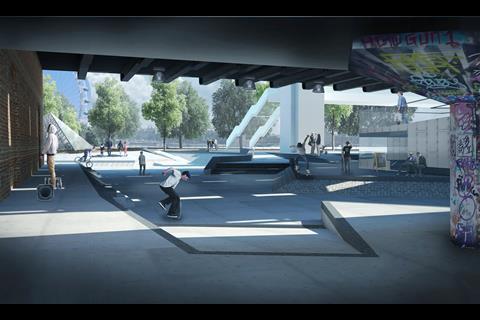

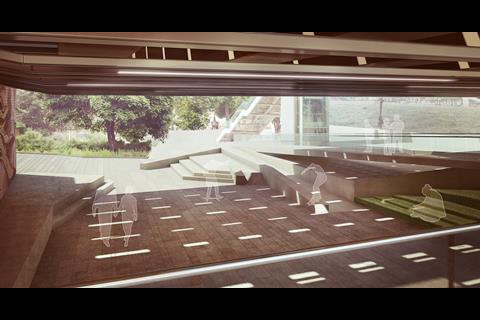
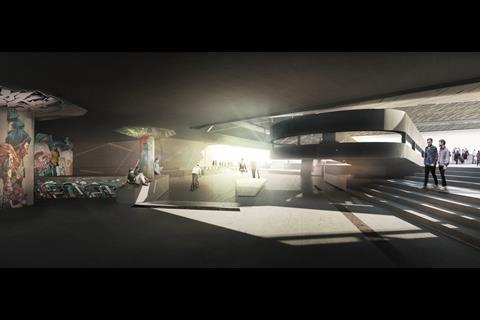
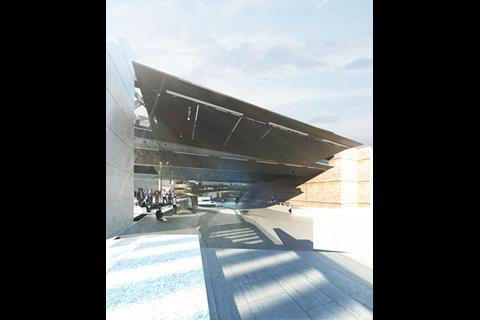
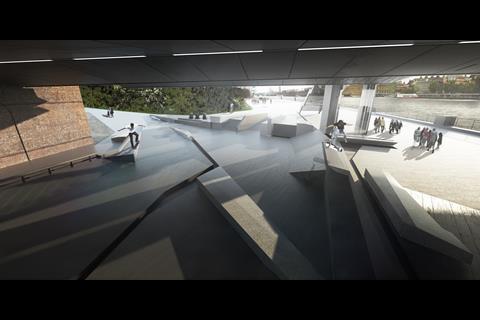
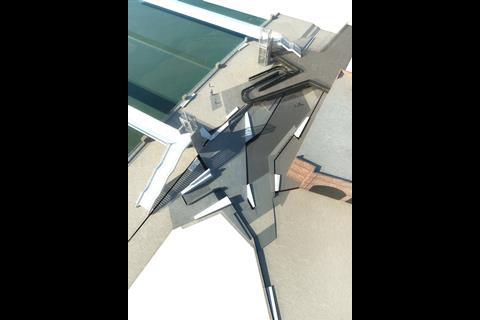






No comments yet